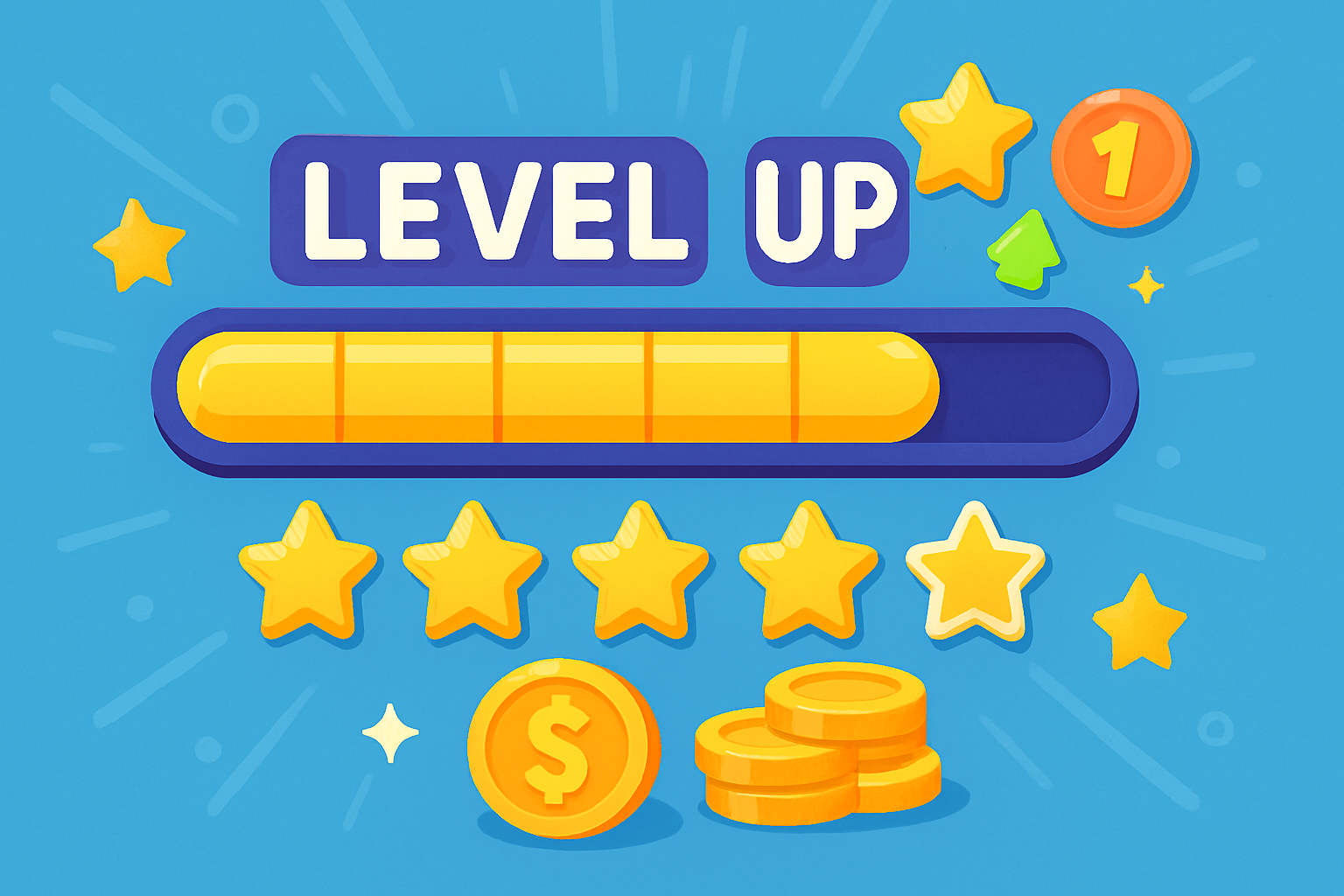I want to start with an honest share: I’ve stared at a pile of dirty clothes ready to go in the washing machine for two hours feeling overwhelmed and not knowing where to start, before finally spending less than five minutes getting the job done. Yet I’ve also spent three straight hours playing Tetris or Solitaire without a break…
If you live with ADHD, you probably know this paradox well. Mundane or “important” tasks feel impossible, while games feel magnetic. It isn’t about willpower – it’s about how our brains are wired. The good news? We can harness that “game energy” for real-world achievements (including at work) through the magic of “gamification”.
Gamification means applying elements of games – points, levels, rewards, progress tracking – to everyday tasks. For ADHDers, this can be a powerful strategy to outsmart procrastination, build momentum, and get things done. To understand why this works so well, let’s first look at what makes games – and gamification – so engaging for the ADHD brain.
Why ADHD Brains Love Games but Struggle With Work
ADHD isn’t about not knowing what to do; it’s about difficulty doing it. ADHD brains process dopamine – the neurotransmitter tied to motivation and attention – differently.



Research shows that ADHDers often have:
- Lower baseline dopamine levels – meaning less “fuel” for motivation.
- Underactive reward pathways – so ordinary tasks feel less stimulating.
- A need for immediate feedback – we thrive on fast rewards, not long-delayed payoffs.
Games are basically dopamine machines. They offer:
- Frequent wins (points, coins, achievements).
- Clear goals (quests, levels, progress bars).
- Immediate feedback (sounds, visuals, rewards).
Work often gives rewards like payment or appraisals only after long delays, while games offer instant gratification. That’s why email management can feel exhausting, but games are energising.

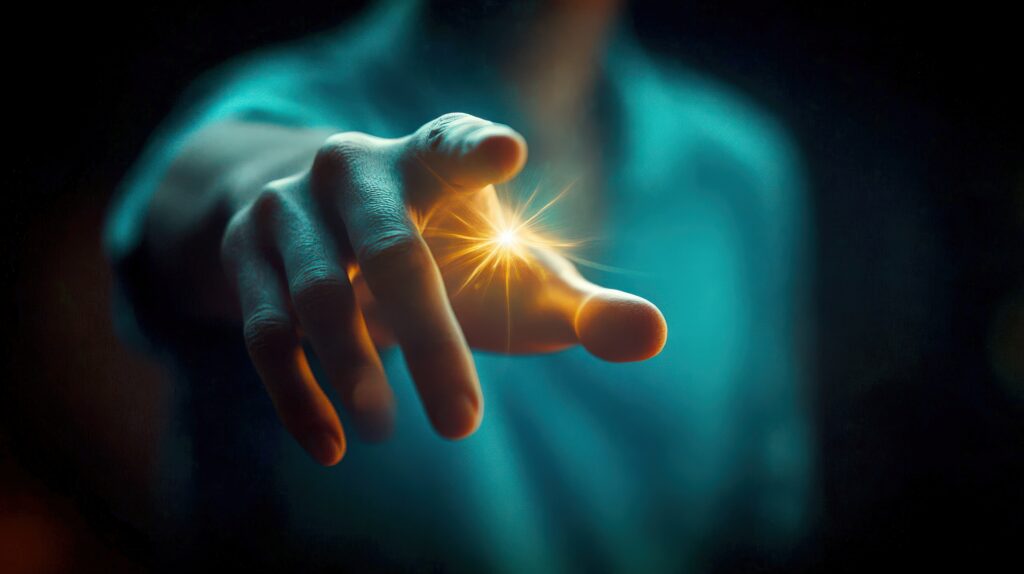

The Science of Gamification
Gamification taps into the same brain systems that make games engaging and addictive. Studies show:
- A 2020 review in “Frontiers in Psychology” found that gamification significantly increases motivation, learning, and persistence, particularly for people who struggle with traditional incentive systems.
- Neuroscience research highlights that dopamine spikes with progress tracking and variable rewards – both core features of gamified systems.
- ADHD coaching programmes often utilise gamification tools (such as points, streaks, and visual progress) because they align with the brain’s need for externalised motivation and structure.
In short, gamification builds a bridge between what our brains crave (stimulus + feedback) and what life demands (consistency + output).
How Gamification Helps ADHDers
Here’s where it gets practical. Life can often feel like a maze of never-ending tasks, but gamification reframes it as a quest.
Breaking Down Big Projects into Quests
Instead of “finish quarterly report”, break it into:
- Quest 1: Gather data (10 points)
- Quest 2: Draft outline (20 points)
- Quest 3: Write intro (10 points)
- Race to the Finish Line: Submit report (50 points + bonus reward)
If you can turn it around so that each sub-task becomes a winnable level, you get a hit of accomplishment at every stage, not just at the very end.
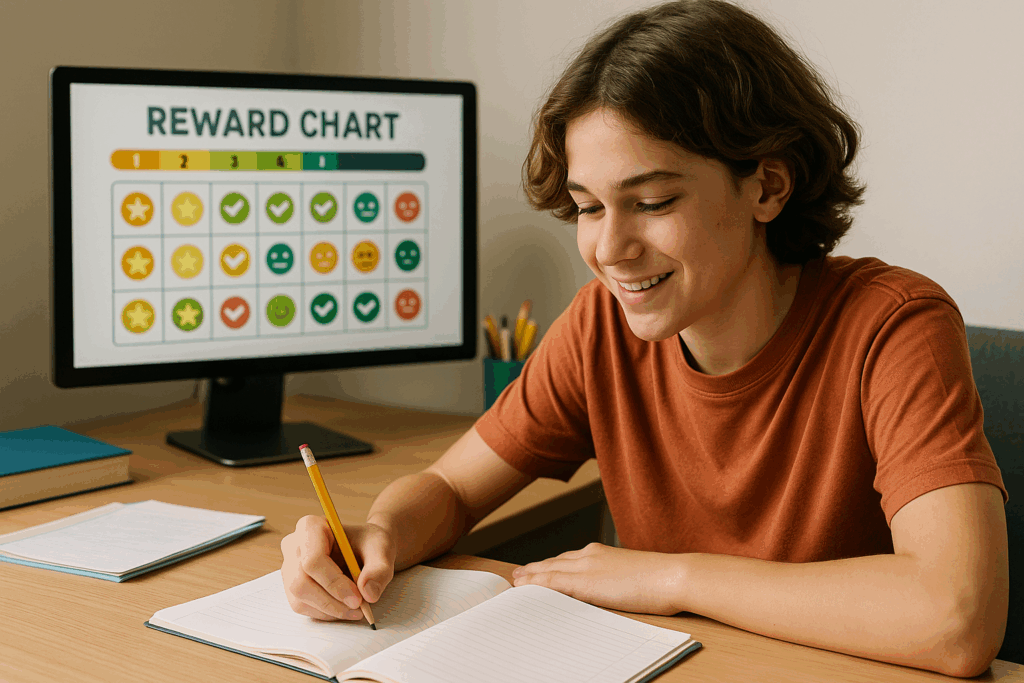
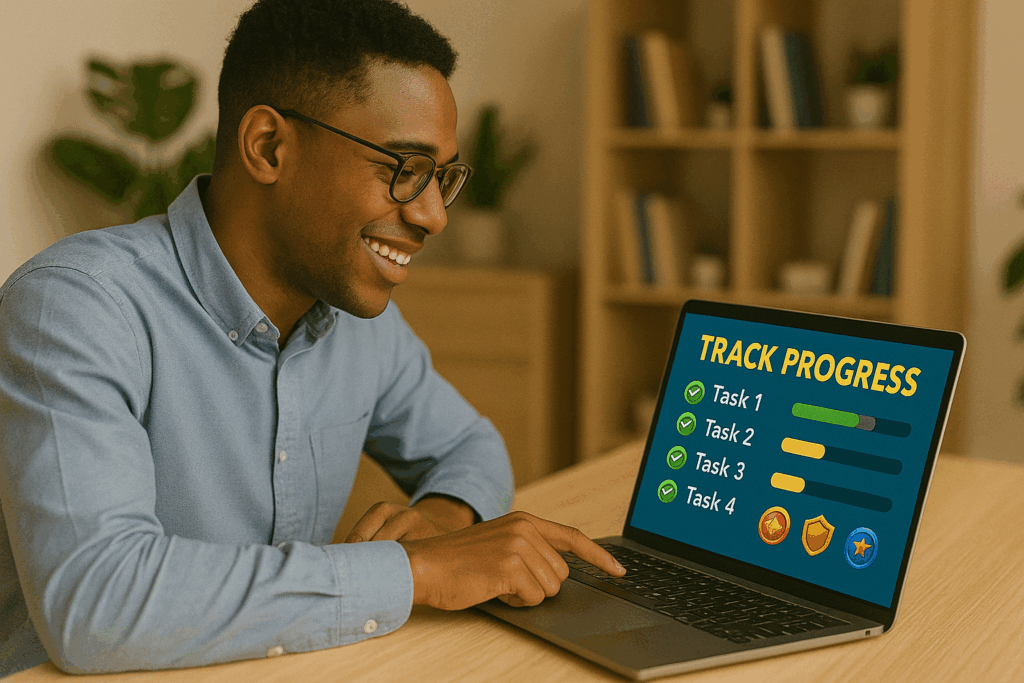
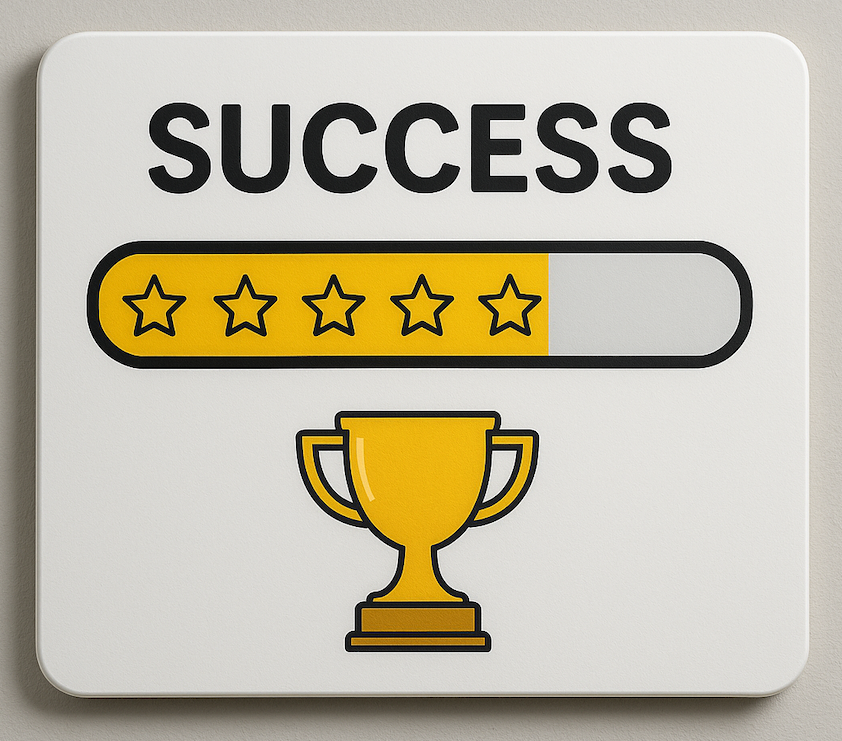
Points and Rewards
Assign yourself points for finishing tasks, then trade them for rewards. For example:
- 5 points: quick walk outside
- 10 points: coffee treat
- 30 points: guilt-free YouTube break
- 100 points: order takeout tonight
Your brain gets the “micro-rewards” it needs, while your tasks still get done. For me, the dopamine boost is often enough of a reward in itself to spur me on to begin the next task on the list.
Progress Tracking = Visible Motivation
ADHD brains love seeing progress. Try:
- Kanban boards (like Trello or ClickUp) with visual “Done” columns.
- Progress bars in task apps like Todoist or Habitica, which really makes the most of gamification.
- An interesting values-based app is Flora. If you care about the environment, this could provide the motivation you need to keep on task!
- DIY systems: sticky notes, whiteboards, or even a paper chart you can check off.
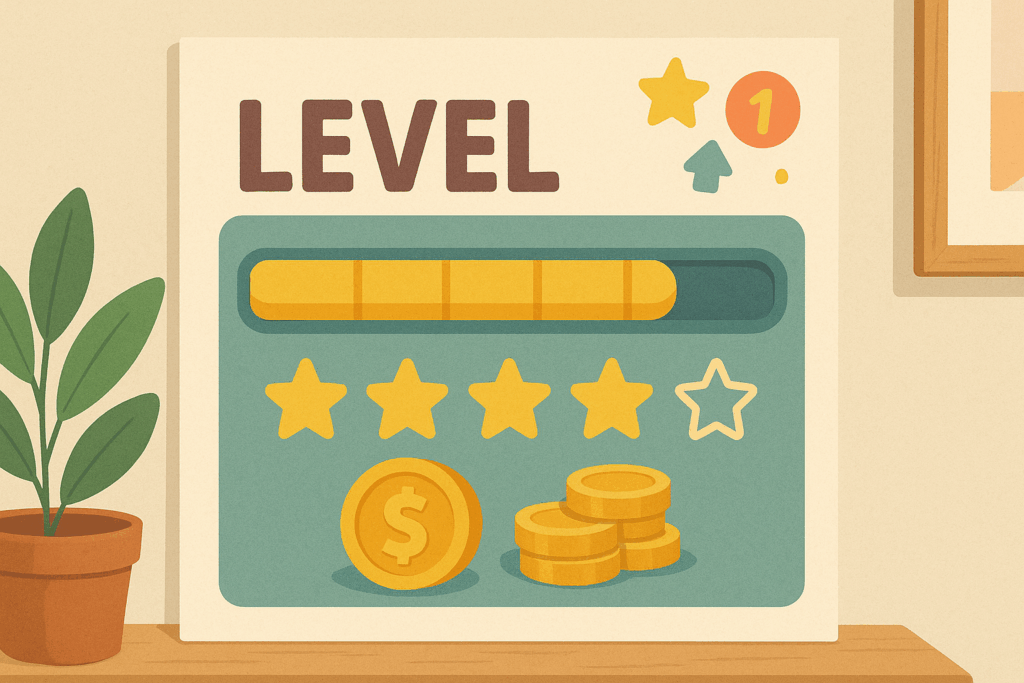
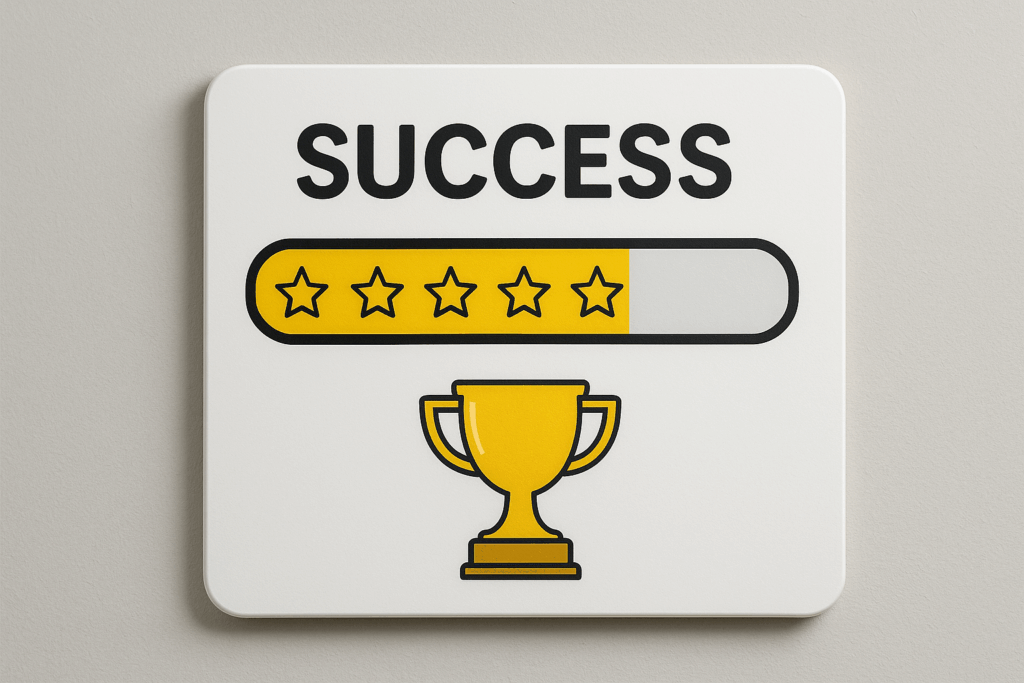

Everyone is different and consequently may need a different strategy. What works for one, may not be effective for another. Also, if it works today, it may not interest you next week – but it might be exactly what you need for motivation the week after! So be prepared to change things about as rotate strategies if this works best for you.
Avoid apps that erase finished tasks. If using a manual system with sticky notes, keep the ‘done’ notes where you can see them to help maintain motivation.
Remember, every boxed ticked or crossed out item is a mini dopamine boost and, if you’re like me, that’s essential to keep you moving forward.
Streaks and Consistency Hacks
I find those games that use streaks will keep me coming back for more – especially when they offer a bonus after a given number of days, e.g., “Day 5 login bonus!”. If you find it hard to resist this kind of temptation, you can try applying the same principle at work:
- Keep a streak of “days I started my hardest task first.”
- Track streaks for replying to emails, updating reports, or logging time.
- Reward yourself for hitting milestones (5-day streak = bonus reward).
This also works well for home and school-based tasks.
Multiplayer Mode = Accountability
Many ADHDers thrive when others are involved, including in the workplace. Try:
- Body doubling – working alongside a colleague or virtually with an ADHD accountability group.
- Gamified team challenges – tracking tasks collectively, celebrating wins, and even awarding silly titles (“Spreadsheet Sorcerer” or “Inbox Dragon-Slayer”).
- Friendly competition – who can clear their task list first?
When work feels like a team quest instead of solitary drudgery, it’s easier to engage.
BEWARE… team quests can work very well for keeping interest, but they’re not great for everyone. Teams work best when everyone plays to their strengths. If someone is in a role where this isn’t happening, the fear of letting the team down could be overwhelming for them. So gamification with teams needs to be treated with care and caution.
Managing an Overflowing Inbox
Sorting emails can feel monotonous when they come in fast, making progress hard to see and increasing overwhelm.
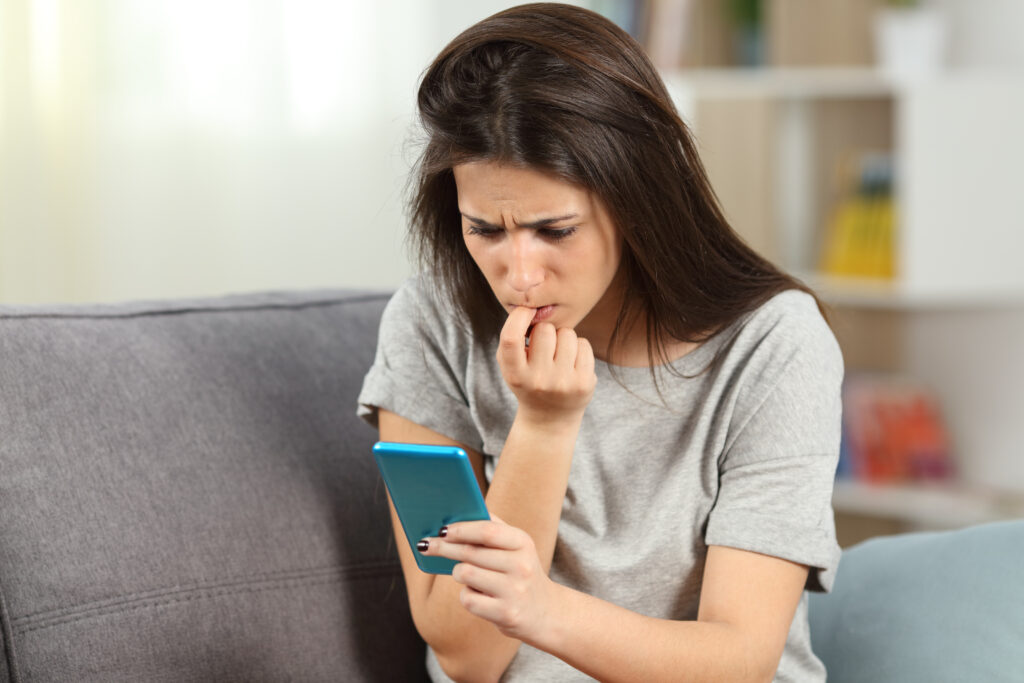
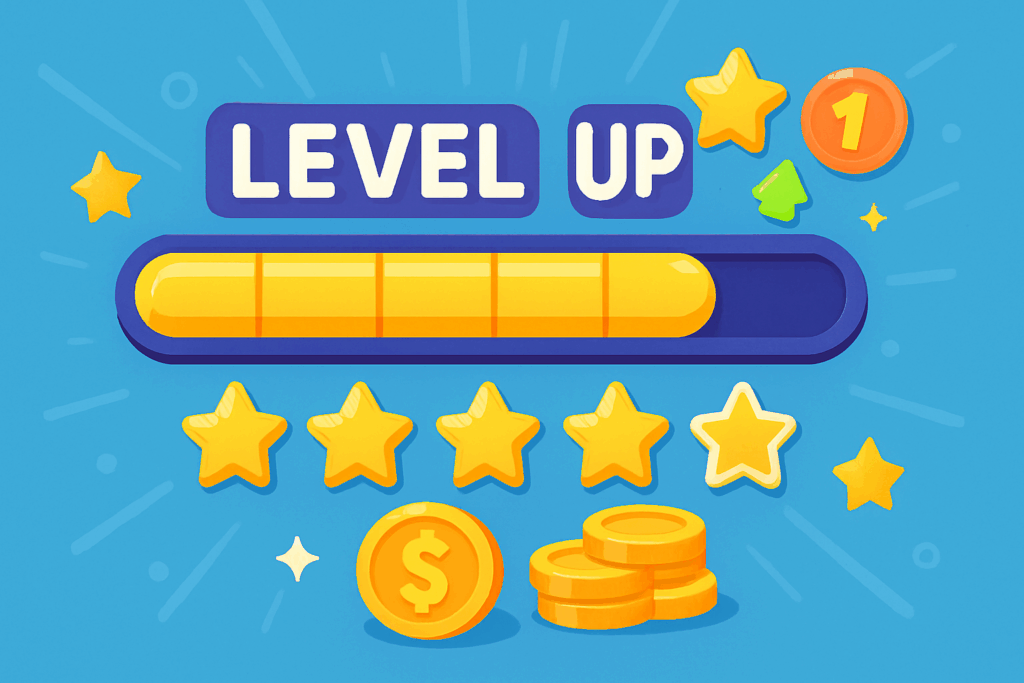
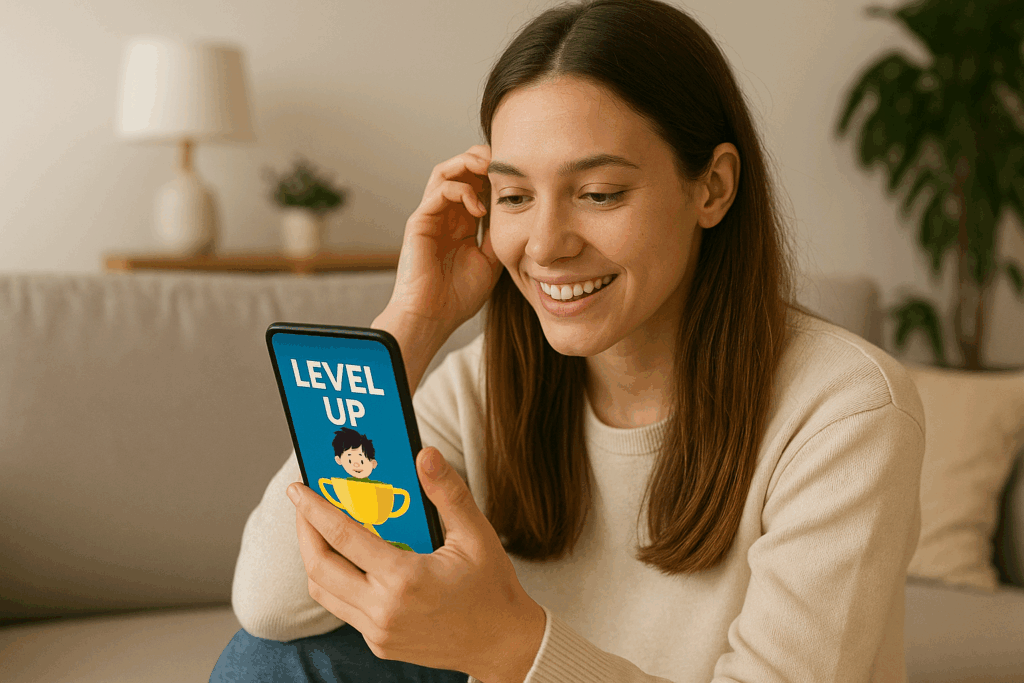
A strategy that has consistently worked for me is to organise emails into sub-folders by job type or urgency (whichever works best for your role), with an additional category for ‘quick wins.’ If you use a shared inbox, find out if you can have a folder for your own work and sort from there.
When you’re struggling to break down a larger task or project, being able to complete a few ‘quick wins’ could give you the dopamine boost you need to tackle the larger task with new energy. So, if it sounds like this could be a suitable strategy for managing your work, make sure those ‘quick wins’ are easy to find!
And, of course, you can build this into a reward system. You could get points for every email you categorise, or maybe set yourself a target where the number of uncategorised emails doesn’t exceed a certain number (or bonus points when it hits zero!). These things can help enormously in keeping you interested and on task.
BEWARE… of folder blindness. It’s easy to forget what you can’t see, especially if you have ADHD! Make sure you mark emails unread if you haven’t dealt with them, so you can see from the category folders how many are in there. Also, set up a ‘completed’ folder. This way, you can get a good idea of what work you have, and what work you’ve completed, and manage the next challenge accordingly.
If you find a game that works for your job, and a reward system that works for your brain, emails can stop being a chore and instead become a chance to rack up points. What’s not to love?!?
Tips to Get Started with Gamification
- Start small: Gamify one dreaded task (at work, this could be email, reports, or follow-ups).
- Pick rewards you care about: A 10-point prize no one wants is pointless.
- Make progress visual: Track it where you can see it.
- Experiment with tools: Apps like Habitica, Todoist Karma, and Trello add gamified elements automatically.
- If stories work for you, create your own: pretend you’re the “hero” of your workday, and each task is part of your quest.

Final Thoughts
Gamification isn’t about tricking yourself – it’s about meeting your ADHD brain where it is. Games work for us because they’re stimulating, rewarding, and structured. Work, school and routine tasks don’t naturally have those features, but we can build them in.
For ADHDers, this strategy can turn overwhelm into progress, procrastination into play, and dreaded tasks into winnable quests.
And if you’re someone navigating these challenges after a late ADHD diagnosis, you may relate to the emotional shifts that come with that journey. You might find comfort in From Grief to Growth: Living with a Late ADHD Diagnosis – a personal story about finding clarity and strength after years of masking and misunderstanding.
So, why not give gamification a try this week? Pick one task, set up a point system, and track your progress. Notice how your motivation shifts – and keep building from there!
